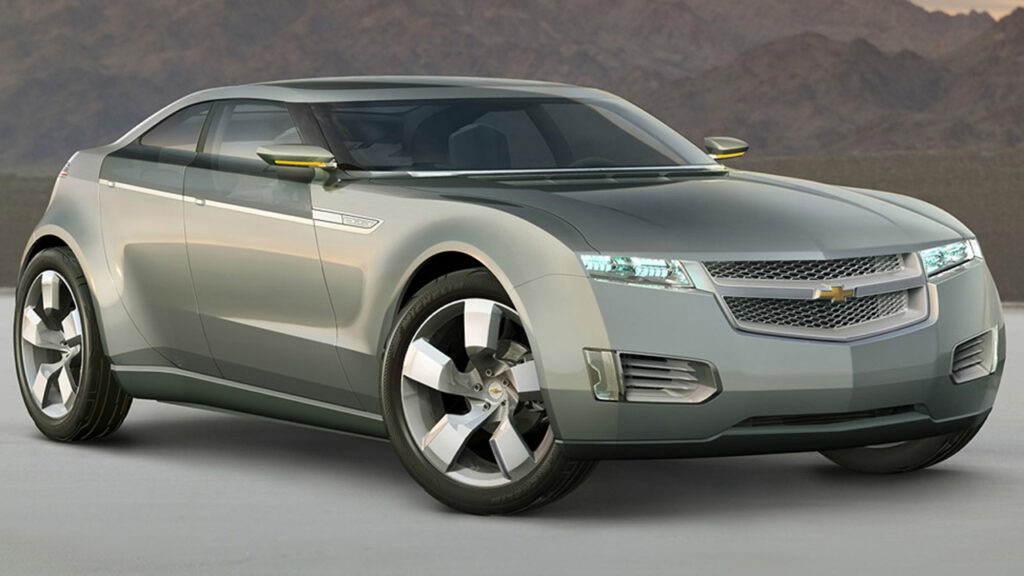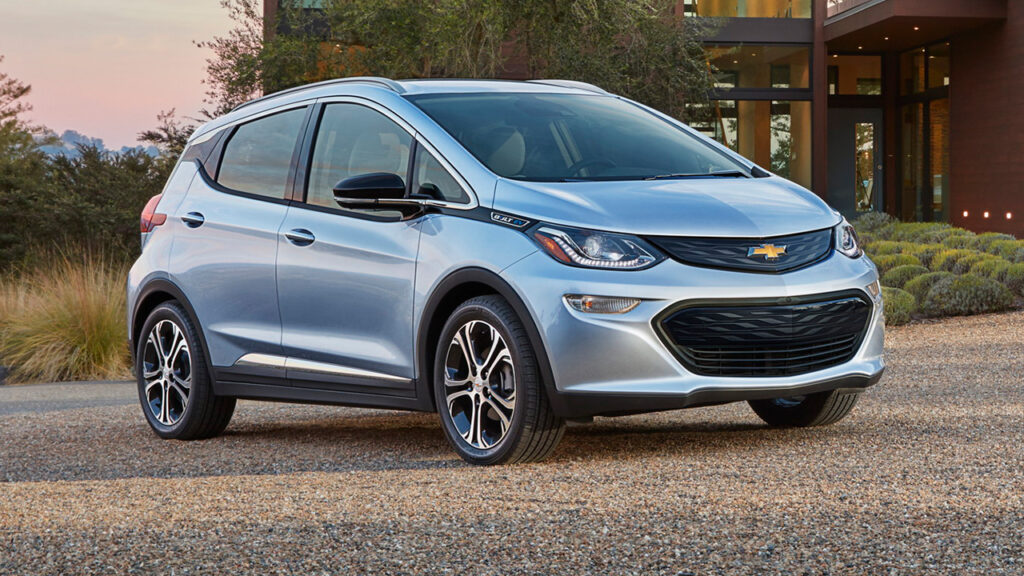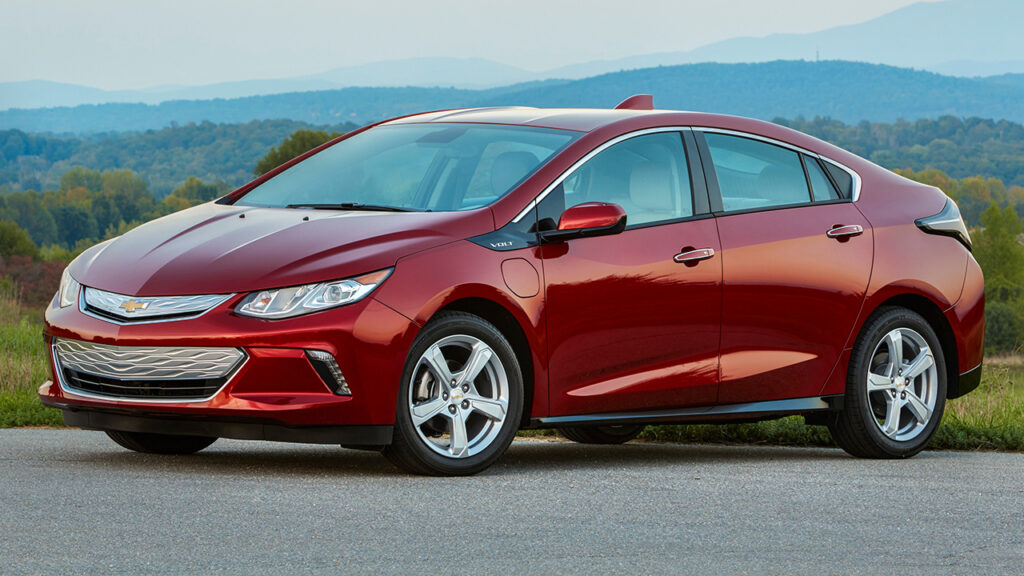Did GM Just Kill the Electric Car Again?
Chief Executive Mary Barra couched the change as a way to help the company meet increasingly stringent fleet emissions requirements as the EV rollout gained momentum.

They say the automobile business is cyclical, but I don’t think they mean like this.
General Motors has reversed course on one of the biggest strategic decisions it has ever made.
Bucking industry trends, the automaker in 2019 discontinued all of its hybrid models, including the groundbreaking plug-in hybrid Chevy Volt, to focus on developing fully electric vehicles.
It was a bold move meant to leapfrog the competition and take on Tesla. In the years since, most of its competitors started racking up hybrid sales with new designs that combined fuel efficiency with extra power to make them doubly-appealing to customers.

As the EV adoption rate slows and GM’s electric vehicle introductions stutter along, Chief Executive Mary Barra has now announced that it will be bringing plug-in hybrids back to U.S. showrooms.
A plug-in hybrid uses a small battery that provides enough electric-only range for a typical day’s use, but can switch to an internal combustion engine for long trips so you don’t have to stop to charge.
Ms. Barra couched the change as a way to help the company meet increasingly stringent fleet emissions requirements as the EV rollout gained momentum.
“Deploying plug-in technology in strategic segments will deliver some of the environmental benefits of EVs as the nation continues to build its charging infrastructure,” she said during the company’s 2023 earnings call.

The odd thing is, we’ve been through this before.
General Motors famously introduced the electric EV1 in 1996. It turned out to be a historic flop because the technology wasn’t ready for prime time. Its high price, slow charging speeds, short range, and lack of available charging stations were everything critics said were bad about electric vehicles.
After reclaiming all of the vehicles off lease and unceremoniously crushing them in 2003, as chronicled in the documentary, “Who Killed The Electric Car?” GM pivoted.
It began working on a plug-in hybrid project that would address the challenges faced by all-electric vehicles and showcased the first Volt compact car concept in 2007, just as gas prices were rising and the recession was about to kick in.

Unfortunately for GM, by the time the Volt actually went on sale in 2011, gas was cheap, Cash for Clunkers was in the rearview mirror, and the SUV boom was loud enough to wake up Oppenheimer.
A highly publicized Volt battery blaze, that sparked in a lot just weeks after a crash test, didn’t do it any favors, and sales of the car itself never caught fire. Its best annual result came after a redesign in 2016 when 24,739 cars were delivered. Chevy sold more V8-powered Corvettes that year.
By then, Tesla had proved electric cars were viable and GM got back on the bandwagon with the Bolt EV. It was critically praised, but left in the dust by the affordable Tesla Model 3 and Model Y. Then there were Bolt battery fire issues and a total recall. History has a strange way of repeating itself.
Nevertheless, GM stuck to its EVerybody In mantra and said it would be an all-electric company by 2035 as it unveiled a litany of new electric models. The Hummer EV. The Chevrolet Silverado EV. The Cadillac Lyriq. The Chevrolet Blazer EV … which in hindsight seems an unfortunate name.

Only last year, along with Ford, it decided to ease up on the accelerator and delay a number of projects in response to a cooling EV market. Unfortunately, the environmental regulations weren’t changing and its dealers were hankering for hybrids to sell, so Ms. Barra has abided.
It won’t be starting entirely from scratch, however, as it continued producing hybrids and plug-in hybrids through its joint ventures in Communist China, so the technology is ready to go.
Ms. Barra didn’t divulge which models would get it first or when they would arrive, but the 2025 Chevrolet Equinox that was showcased in January has a Chinese plug-in hybrid version, so watch that space.
The difference this time around is that it is not entirely giving up on the EVs and still expects to sell up to 300,000 in North America this year, which would make it number two to Tesla.
Assuming it doesn’t hit the brakes again.

